FARMER ACCIDENTALLY DIGS UP AN ANCIENT ARTIFACT WITH A HISTORY THAT LEAVES ARCHEOLOGISTS BAFFLED
A Usual Day
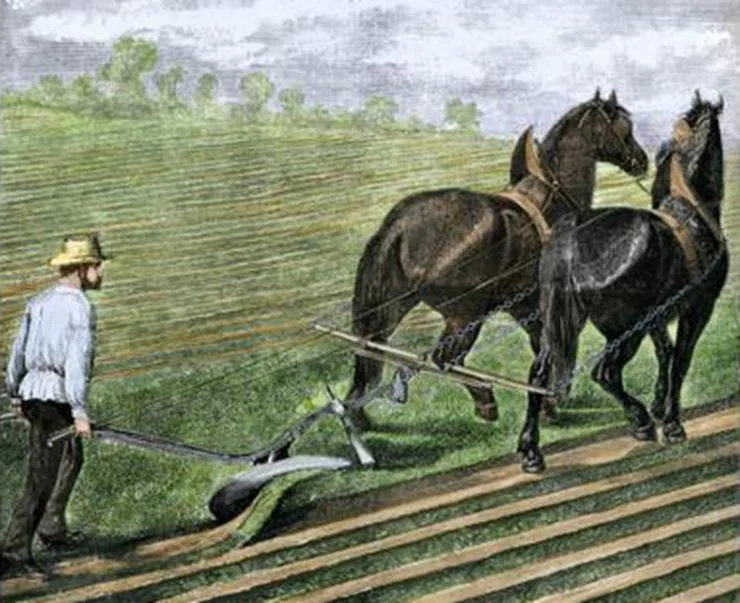
It was just like the other day in the county of Silchester in Hampshire, England, a farmer was getting ready because he had to leave early for his work and wrap up the leftover plowing as soon as he would reach the field. It had been days and he was not able to concentrate on his work like before. For him, the plowing had always been a monotonous job.
Making The Two Ends Meet
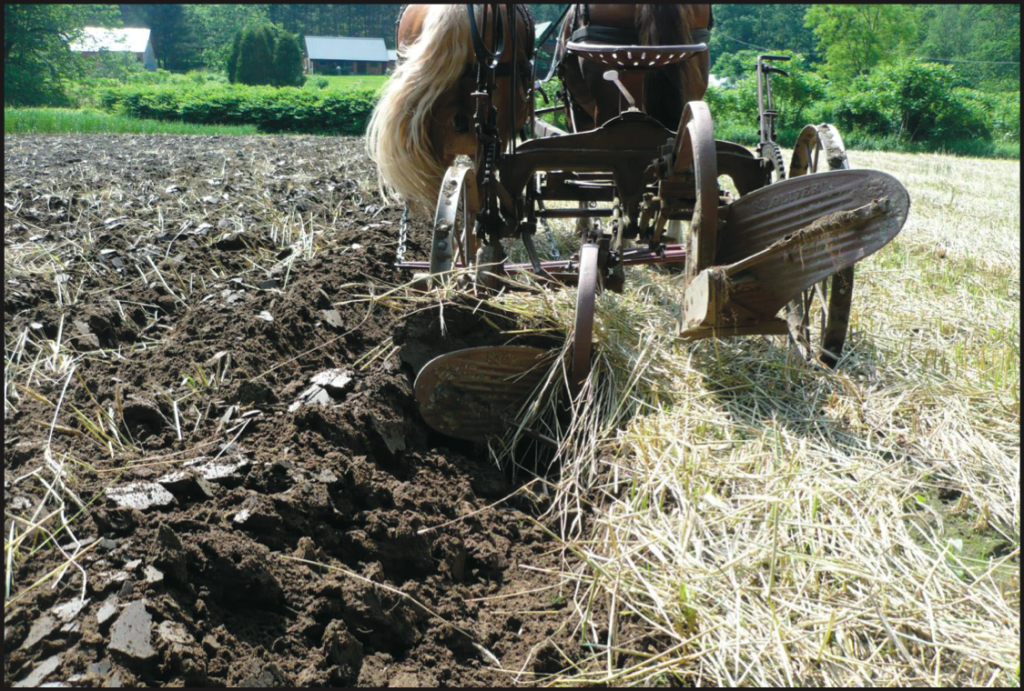
He never used to look forward to his mundane work every day but he had to do it because that was the only way he was able to make two ends meet. As his kids were growing now he needed to have a stable job that could pay him enough so that he had enough to fill everyone’s stomach as well as do certain savings.
That Summer

So that day of summer 1785 as usual, he woke up a little before the dawn broke. He got ready, took his equipment and grabbed something to eat. His wife and kids were sleeping so he didn’t disturb them and left the house half-heartedly. Without having the clue something marvelous awaited him that could possibly change his life forever.
Alone At The Field

When he reached his field he saw that he was the first one to arrive otherwise, he used to arrive in a group while chatting before he used to start his work in the field. So initially, he found it difficult to concentrate on plowing as chit-chatting with his fellow farmers had become his habit and that day there was no one.
Determination
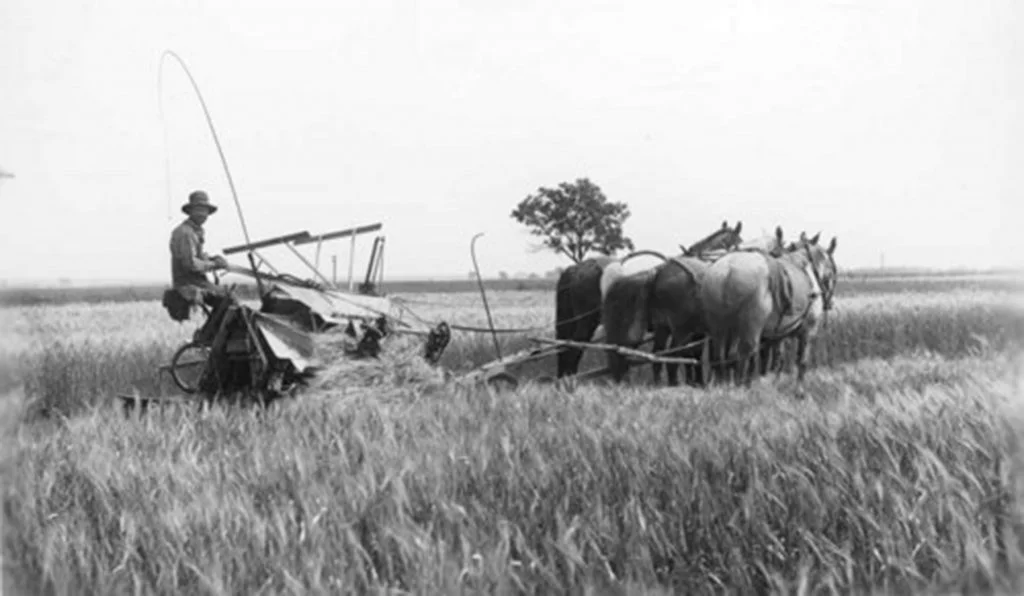
He was determined to finish it before the dusk so he could go to the market and sell it off at a fair price. He had already cataloged the things that he was going to bring back home. It had been several days since they had a meal together this made him worked hard so that he could spend some time with his family. Soon the sun was on his head and he was plowing the last row before he was to set out for home.
Unseen Hurdle
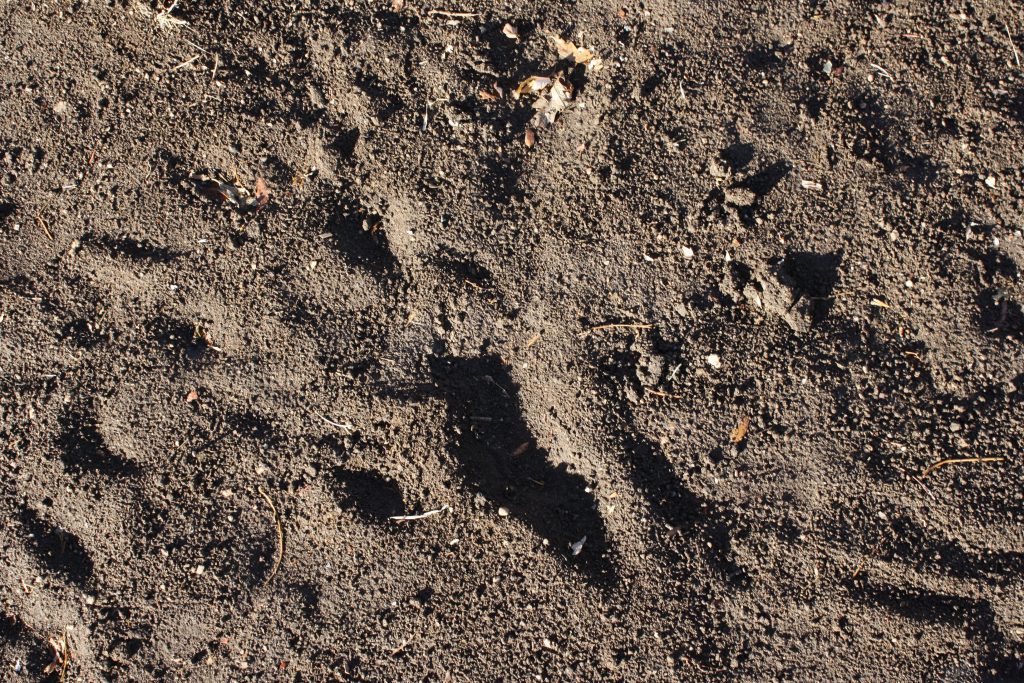
The farmer was aware that as soon as the sun would be setting, it will become difficult for him to plow afterward as the weather would turn a bit chilly. The moment he was trying to plow a patch he thought he heard a noise. For once he thought he had mistaken but his doubt materialized as soon as he came back on the same spot while plowing. What was the object that had created the hurdle or was he really mistaken?
A Delusion?

When he tried to plow that patch again he heard the noise again and for him, it was difficult to avoid the noise. So he tried to dig the place so as to find what was it that was making it difficult to plow that area. So he started to dig that particular patch to find out what was creating the hurdle. Would he be able to find something or was it just an illusion?
Digging The Place

As soon as he dug a little further he thought his hands brushed with some solid object. Suddenly he fell back on his head as he tried to pull the object out of the sand. He then realized the object was hollow from inside and had a circular circumference. He started to scrutinize what it would be while he put his hand again in the sand to try his luck again.
What Was The Object?

Fortunately, he succeeded to excavate the object from the sand and was lost in thought because he was in awe of what he discovered. He had never thought out of all the mundane work that he used to do he would find something that interesting. What was the object that he had found that made him jump out of happiness?
Magnificent Ring
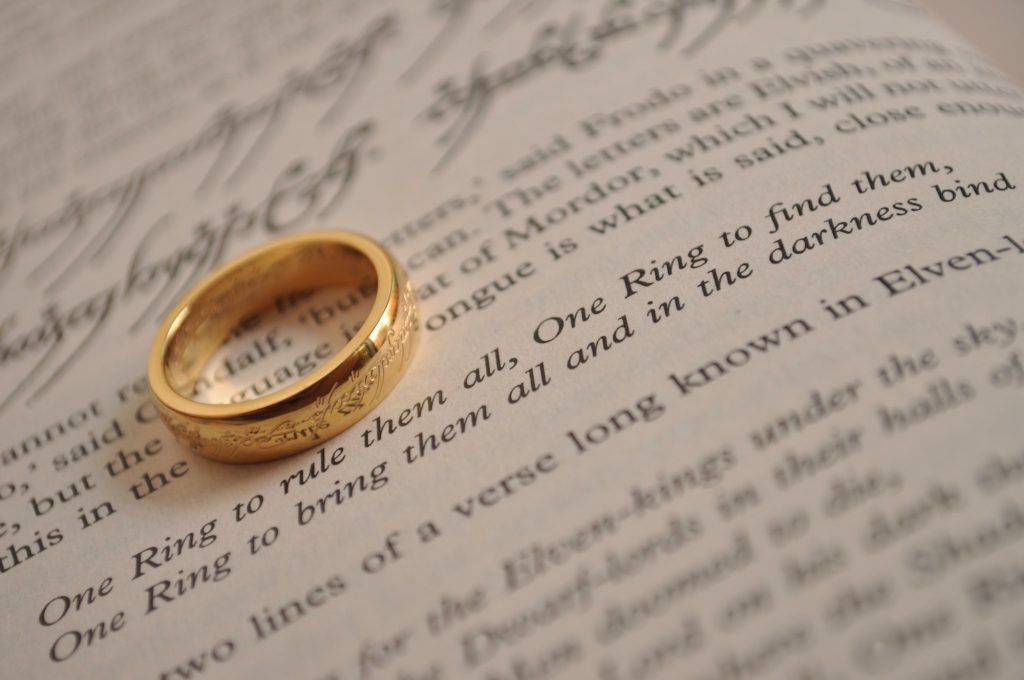
The object that he had found accidentally, seemed to be a ring but it didn’t look like an ordinary one though because unlike an ordinary ring it had 10 facets. It was exceptionally larger in the size about an inch in diameter and weighed approximately 4 ounces or 12 grams which were quite unusual for a normal ring.
The Appearance
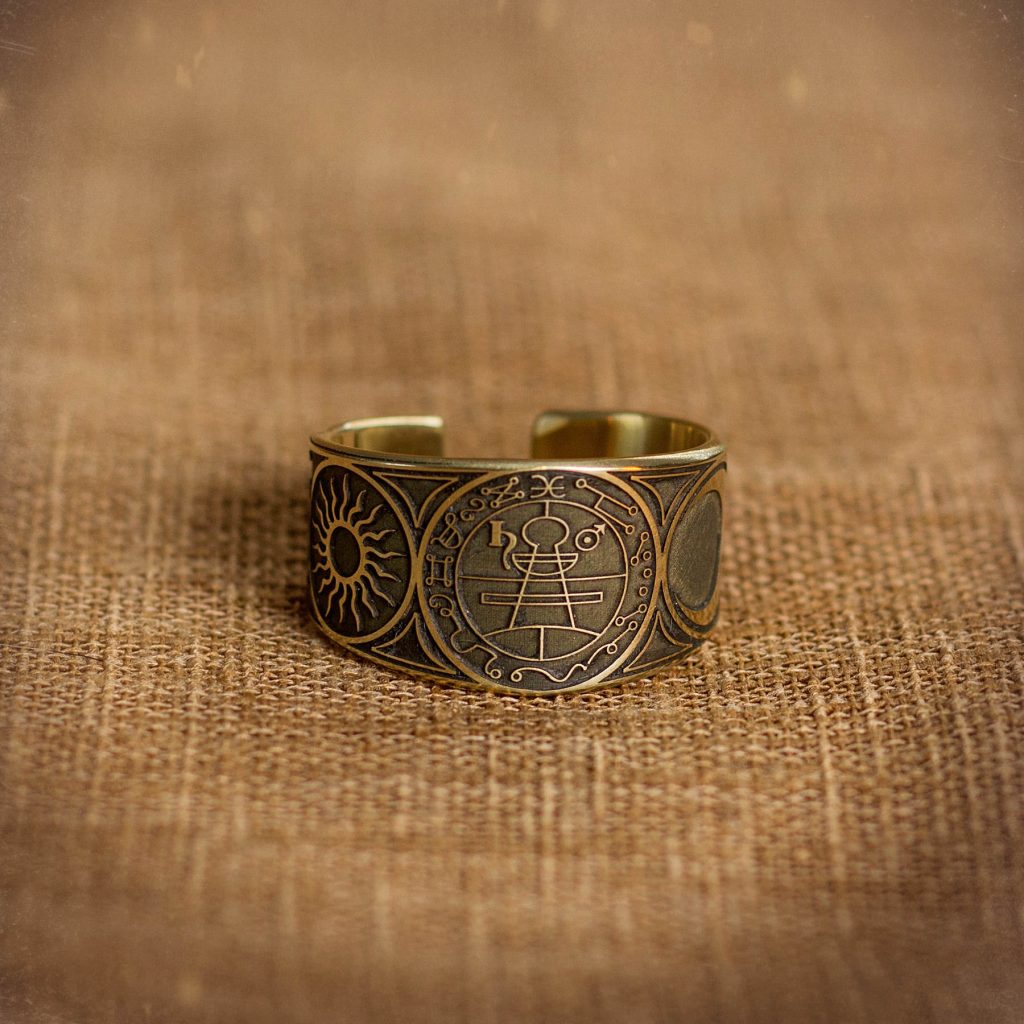
It was obviously not a normal ring because the size was unexpectedly big and clearly it was made to wore on the gloves. The artifact was indeed very beautiful with a woman carved on the ring. The farmer could make out from the design that it was not any local metalsmith’s work. Then who would have made it and who was the woman that was carved on the ring?
A Signet?
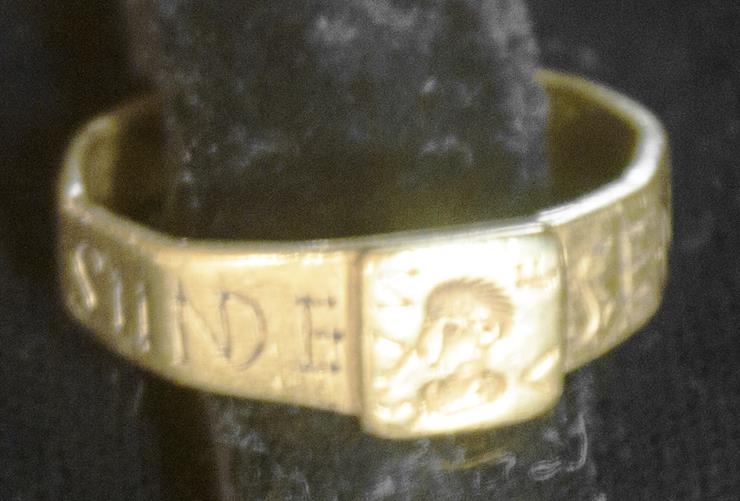
The appearance of the ring suggested that it was a signet ring or was probably used to make a seal. There were certain letters engraved on it which were in old Latin and had certain mistakes moreover, the language was ancient to be known by an expert let alone the farmer. He tried to flip it several times to trace the owner but didn’t succeed.
Letters Engraved
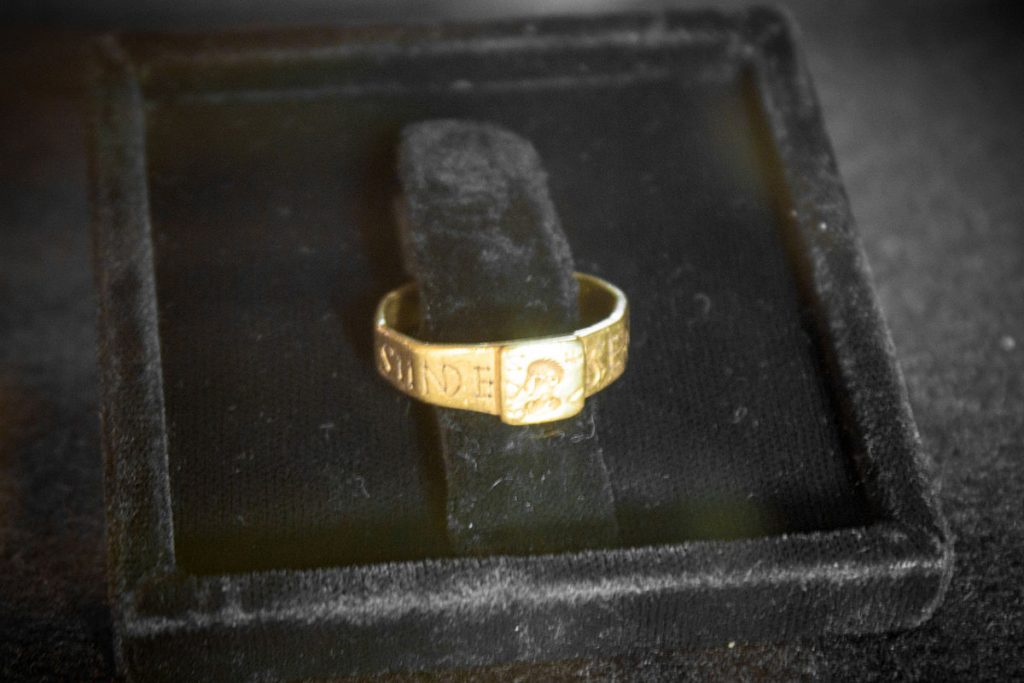
But what he could make out of his own knowledge about the language it was “SENICIANE VIVAS IIN DE” boldly engraved on the ring which he could vaguely decipher as “live in God”. But whom did the ring belong to and why would anyone have abandoned it or was the story something else?
Numerous Thoughts

Though he had picked it up from the sand, he was unaware of what he would do. A million thoughts crossed his mind. The thing that was confusing him the most was the cipher that was engraved, for once he thought he should try and find the owner of the ring and tried to read it once more. He too had certain second thoughts in his mind too.
Unable To Discern
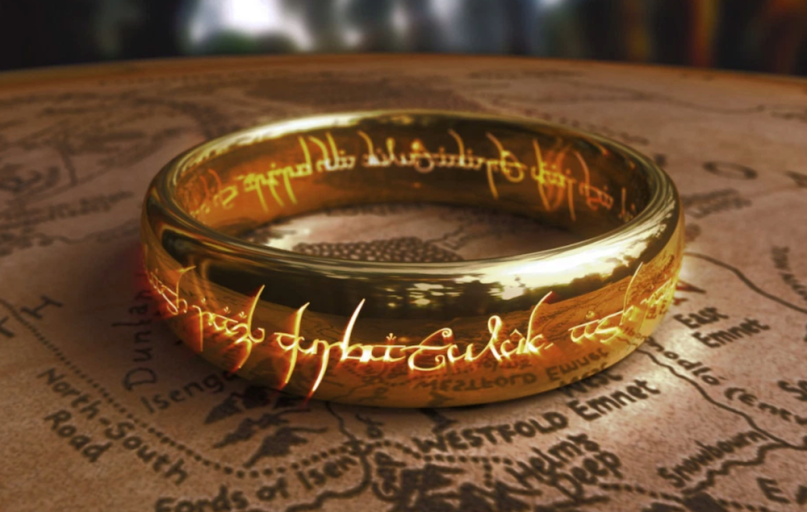
Even if the farmer would not be able to discern the code he thought he could still be rich just by selling the ring and it had an intricate design on it and he could get away with as much money as he would ask for. So he put the ring in his pocket and continued working in the field to finish it before the day set in.
Mistakes
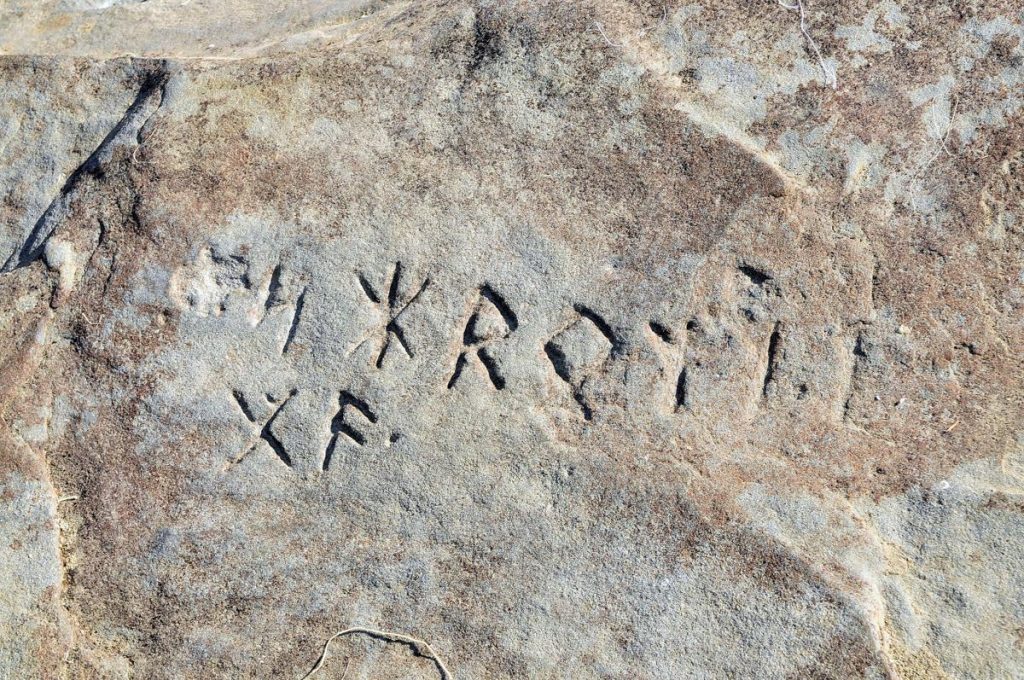
It had mistakes but what he could make out of the inscribed words “Seniciane Vivas Iin De” was a commonly used Roman Latin phrase which meant “Live in God.” If the script was so ancient then it was not hard to determine the artifact’s significance. Would the farmer take the pain to find out the truth or will just have his way out?
Amazed By The Discovery
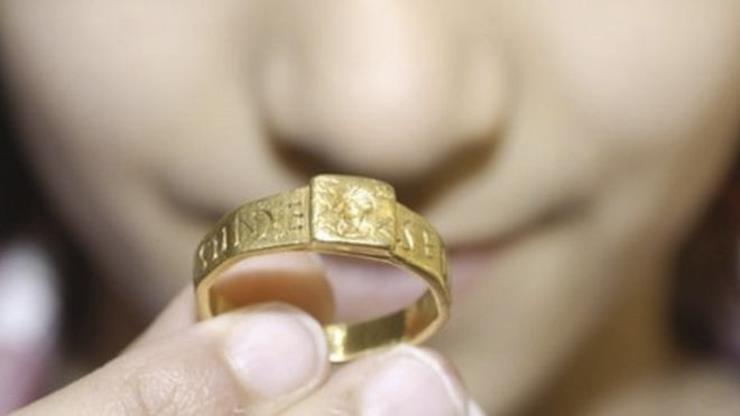
The farmer was amazed to find the piece of the gold in his farms and was least interested in finding out its back story. He thought of all the things he could do with the money if he sold the ring and he knew he would get a high price if he told the people some cooked up story about the artifacts.
Sold It Off!

Decades after the incident, the farmer once was in an urgent need for money so he remembered the ring he had once found in his field and now was searching for a suitable buyer who could give him his fair price of the ring. He then came across a buyer that changed his life by giving him an insane amount.
The Rich Buyer

The buyers were the famous Chute family and the owners of The Vyne, the estate which was built in the 16th century outside the Sherborne St John near Basingstoke in Hampshire, England. They had a special interest in the intricate objects and when they heard about the ring they offered him a handsome amount in return.
Showpiece In The Library
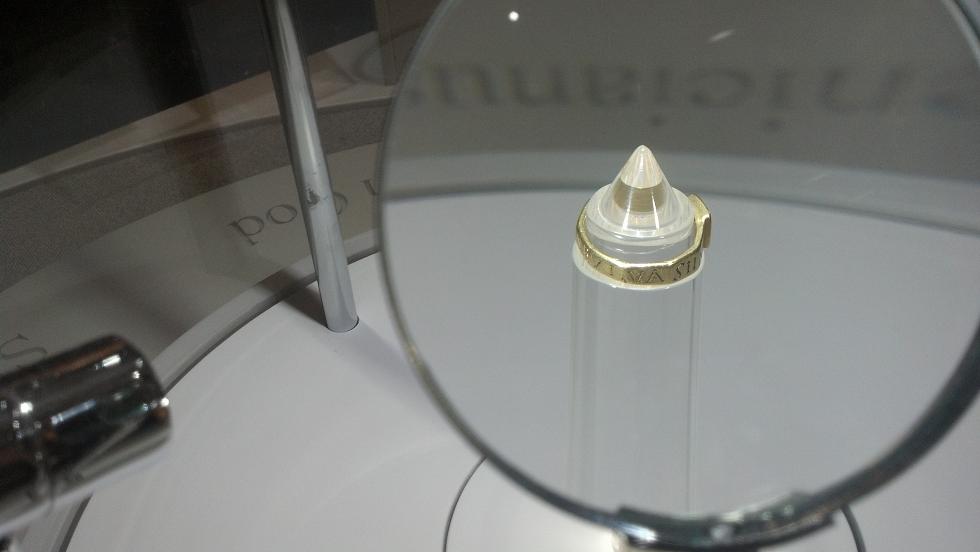
Even for years, the ring remained a forgotten history by family and they had just put it as a showpiece for several years in their library. It was the year 1888 when Chaloner Chute, the descendant of the house had noticed the ring and published about it in the paper. Despite the inscribed letters it ignited the least interest among the archaeologists.
Another Discovery
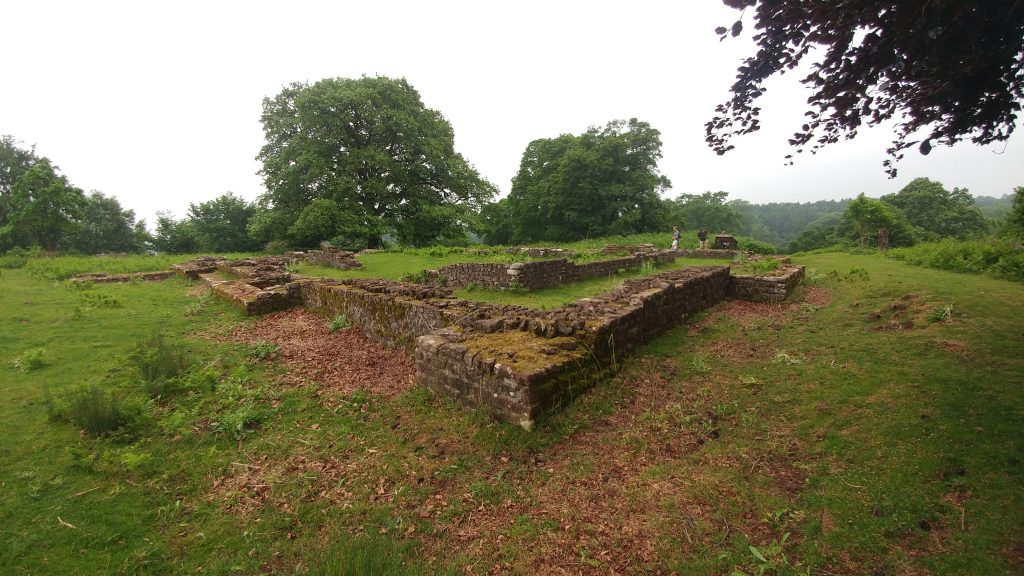
And the story never caught the limelight and remained limited to the estate of Hameshphire just as the ring on the display in the library until in the 19th century.100 miles away from where the farmer had originally found the ring, the archeologist made another discovery that surely was going to put the archeologist at work.
The Defixio
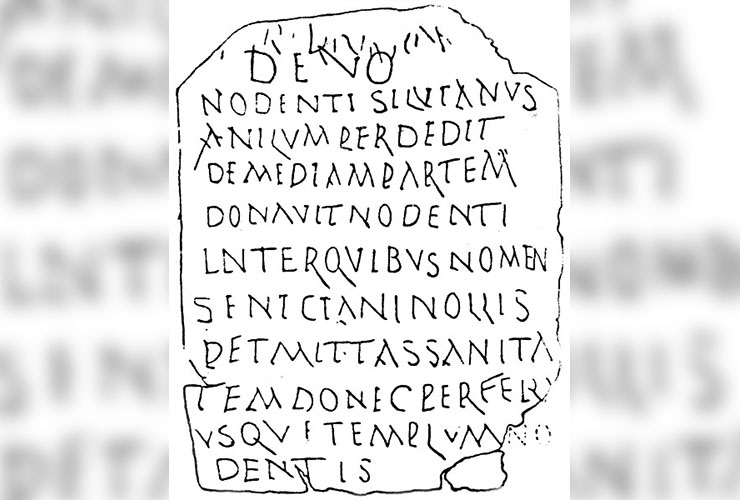
In the initial years of 19th century, a group of archeologists was examining a place where a Roman temple of Nodens was situated and found a lead plaque which was a defixio or the, in other words, a cursed table. The writing on the table was in ancient Latin which was difficult for them to comprehend. What was written on it and whom did the curse refer to?
The Curse

The plaque had words engraved in Latin so with the help of an etymologist they tried decoding the text which said “For the god Nodens. Silvianus has lost a ring and has donated one half it’s worth to Nodens. Among those named Senicianus permit no good health until it is returned to the temple of Nodens.”Was there any truth?
The Ring And The Curse Table
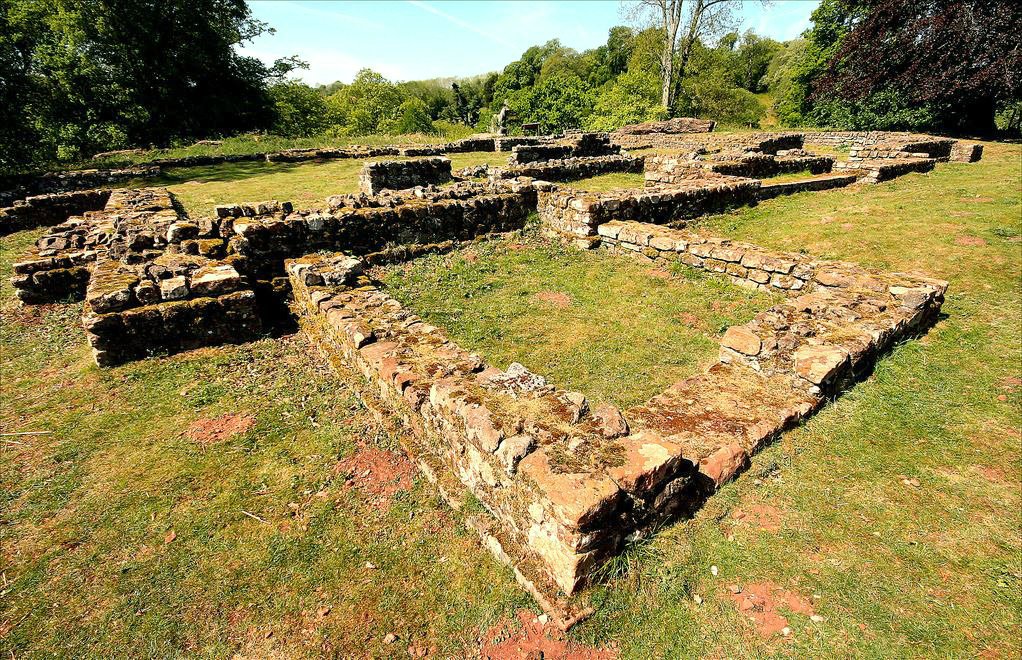
Many similarities were drawn between the ring and the curse table because the time period of both the incidences resembled. The name inscribed on the ring as well as on the table seemed to weave a story around each other as if they the curse was the result of someone’s wrath that has been caused by the ring. Was there any ground in that story or was it just a coincidence?
Forgotten History
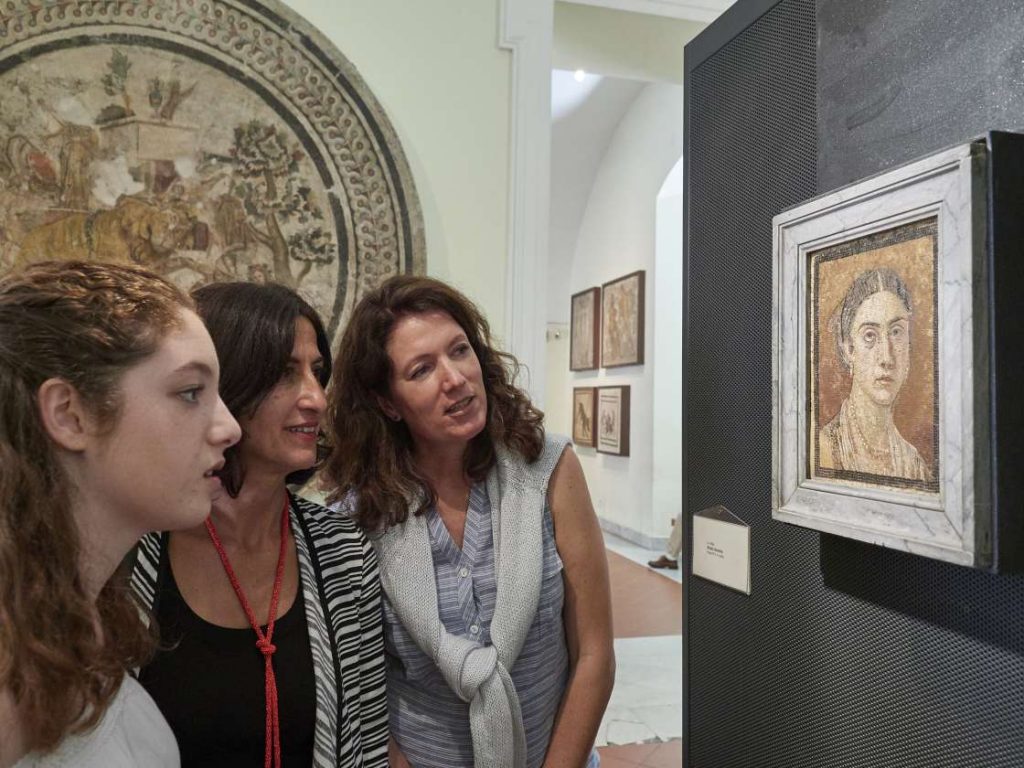
Though parallelism was drawn, the story faded with the passage of time until a couple who was archeologist was invited to visit the place again in 1928. Mortimer Wheeler and his wife Tessa, spent the next 2 years of their life examining and researching the story if they were really interlinked or their coexistence was just by chance.
The Connection
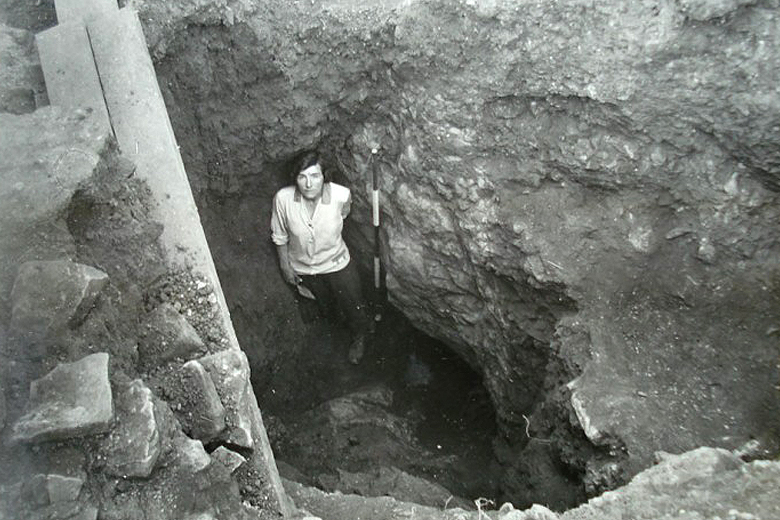
It was the Wheelers who gave solid proofs that showed the connection between the ring and the curse table. The revelation didn’t end here, there were several questions that materialized with the revelation that followed. It was another big task in front of them to know about the owner of the ring and the person who had been cursed and why?
Story Of The Curse

They started to dig up more about the connection and while they were researching they came to know about the story behind the curse. The ring belonged to the man named Silvianus, a native of Gloucestershire who had paid a visit to the elaborate baths of the Celtic God Nodens. The temple was located above the River Severn at Lydney on a hill.
The Theft

While Silvianus was taking bath, his ring was stolen from the temple and he believed that a man named Senicianus had stolen his ring. The ring was not ordinary, it had square bezel on which the Roman Goddess Venus was engraved and had 10 facets. Yet at the time when Silvianus owned the ring, all the 10 sides were bare and nothing was inscribed on it.
Correcting The Mistake
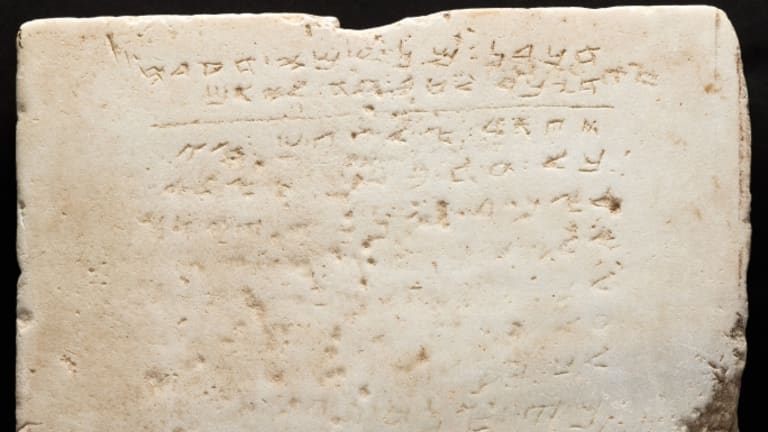
It was only later that the Christian owner perhaps Senicianus who had engraved “Seniciane Vivas Iin De”on the ring which otherwise should have been “Seniciane Vivas In DEO” which if translated meant “Senicianus, may you live with God,”,although he had misspelled the certain letters thus making it difficult to comprehend in the first place.
Silvianus Rage
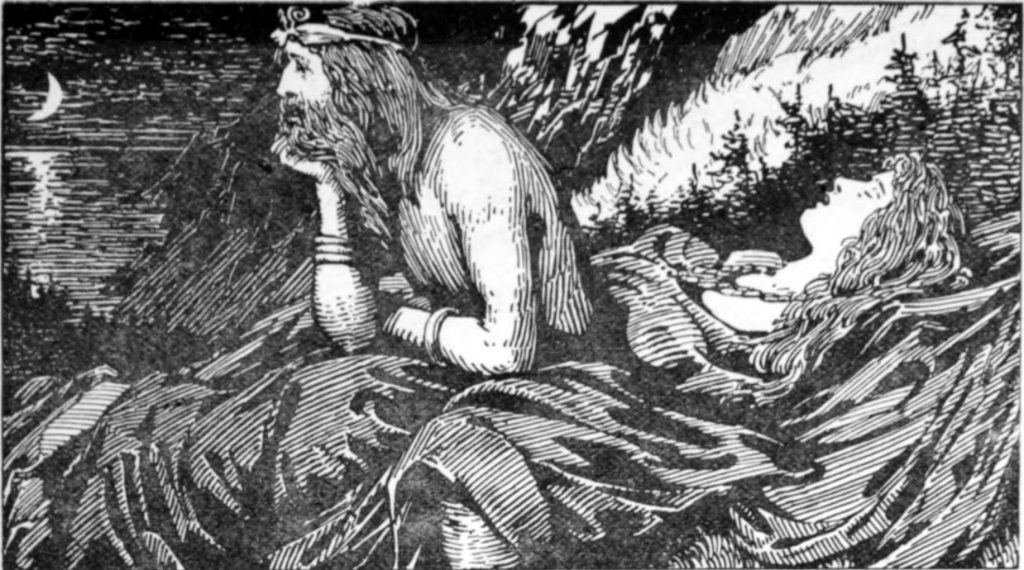
After finding out that Senicianus had stolen his ring, his anger was at the peak and he went outside brought a lead plaque on which he wrote the curse which was later found by the Wheeler couple. Though there was no aftermath of the curse, it was believed that Senicianus had misplaced the ring and some theories say he abandoned it on purpose but no one knew about the Senicianus’ fate after that curse.
Theories Vs Reality
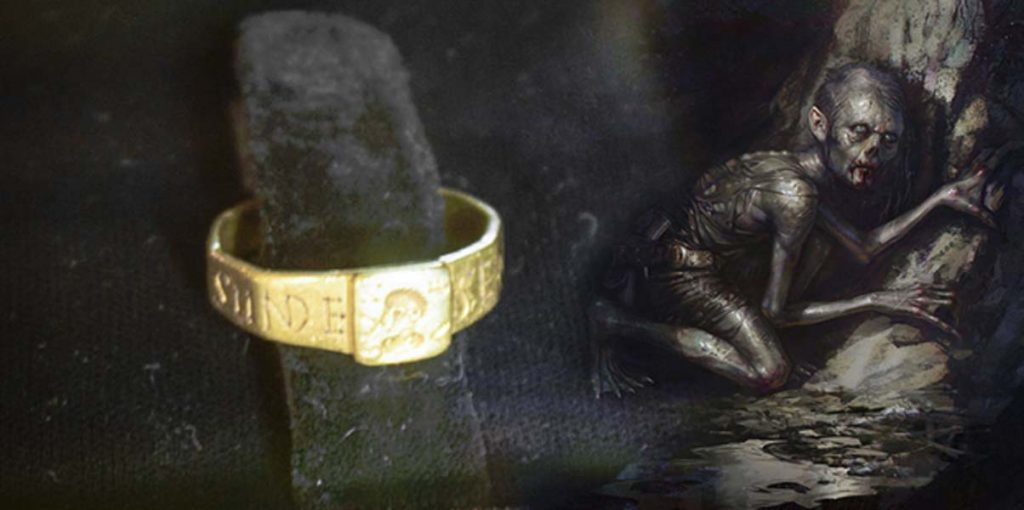
The connection that Wheelers established had solid proofs for the stories but then too they required certain experts to validate their hypothesis. They wanted to know more about the ancient temple and about God Nodens. Initially, they had translated the inscribed words but as they were not the experts they approached their friends who were then in the Oxford for help.
Seeking Help

One of them was J.R.R Tolkien who was the professor of Anglo-Saxon and Celtic literature and the other was the archeologist and philosopher at Pembroke: R.G Collingwood. These were the people Wheeler intended to seek help because they were the ones who could link the broken strings and could tell about the words inscribed on the curse table with its real meaning.
The Etymologist

J.R.R Tolkien was the professor of the Celtic literature and was a close friend of C.S.Lewis, both were the members of the informal literary discussion group called the Inklings. Tolkien had a thorough knowledge of etymology and was at Oxford at that time when he was consulted by the archeologist couple to know more about the words and the Nodan God.
The Deity Nodan

So the professor told about the deity Nodan and its significance. The deity was associated with healing, hunting, dogs and the sea. The name Nodan was related to Old Irish Nuada, who was the first Tuatha de Danana but he was banned from ruling Ireland as he had lost his hand in the battle. He was also associated with the Fisher King of Arthurian legends and the Roman god of Mars.
Decoding The Words
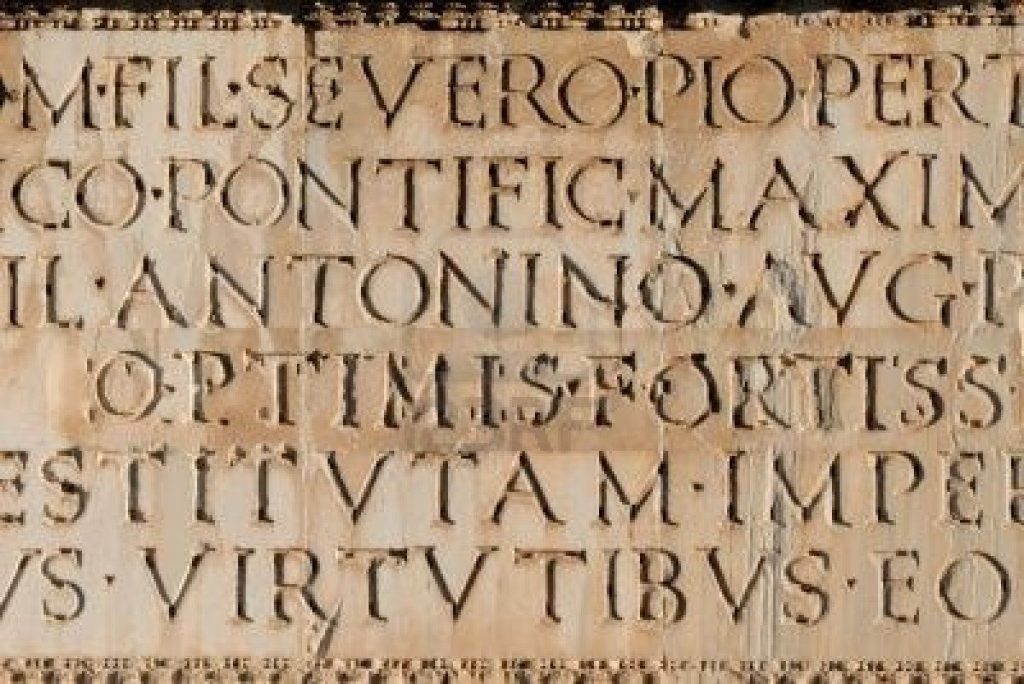
The professor and the archeologist both helped the Wheelers to materialize their speculations into reality. As the professor had the vast knowledge of the words and their formation along with the facts of the archeology they were able to relate the story of the ring and the curse table. Hence the broken strings started to form meaning.
The Ring

The professor and the other experts worked on the story for a couple of years together. Tolkien was so inspired by the story of the ring and the curse table that it made him write a work of fiction on the same. It was believed that at the particular timing he had thought about the idea of the famous”The Hobbit” storyline and had published it on 21 September 1937 which got an insane amount of popularity.
The Hobbit

The literary fiction “The Hobbit” which got published also revolved around the ring having certain magical powers in it. In the book, the army of dwarfs and the hobbit acquire a ring suddenly and the ring had the power to make the person invisible. During the journey, they land up in many problems in between their quest to acquire the treasure from the dragon but at last, are able to reach their goal.
Massive Popularity

After the massive hit of the fantasy work The Hobbit, the professor wrote a trilogy which was the sequel to “The Hobbit” in the year 1954 which was set in the Third Age of Middle Earth and named it “The Lord Of The Rings” in which the hobbit passes the ring that he had previously acquired to Frodo Baggins who was at that time 33 and it dawns on him that ring had the power to destroy the whole world and hence tries to destroy it and while doing so they encounter numerous problems in the journey. Would they be able to surpass the hurdles?
Speculations

There were speculations that the fantasy novels were inspired by the discovery of the ring and the curse table or Defixio because of the similar events that took place. Still, there were certain people who denied it and thought the comparison between the two was insignificant just because the story was written in the year the ring was found. So did the plots coincidently resemble or were the speculations true?
Similarities

Just as Silvianus had lost his ring while he was taking bath at Lydney, Gollum the character in “the hobbit” loses his ring under the Misty Mountains.Silvianus, later comes to know about the thief’s name as in the book Gollum comes to know about Bilbo Baggins who had stolen his ring.Silvianus then curses the thief by saying his name out loud though the effect of the curse was still not known similarily when Gollum came to know about the theft he too cried in wrath: ‘Thief, thief, thief! Baggins! We hates it, we hates it, we hates it forever!’Hence the similarity drawn was undeniable.
Finally On Display

After a lot of speculations and contradiction, the popular ring was put on a display in 2013 from the Vyne’s library to the permanent display at the manor. Along with the ring, there was the curse table as well as the first edition of the copy of The Hobbit due to the massive fanbase of the books as well as the films.
The “Third Age Of Middle Earth” ground

The staunch followers of the film as well as the book, were not able to contain their happiness when they found out about the ground of the Vyne which contained the Middle-earth adventure playground approved by Tolkien society. And the ring that had been always kept in the four walls of a library was now in open to all the lovers and admirers of the book and the film.








No comments: